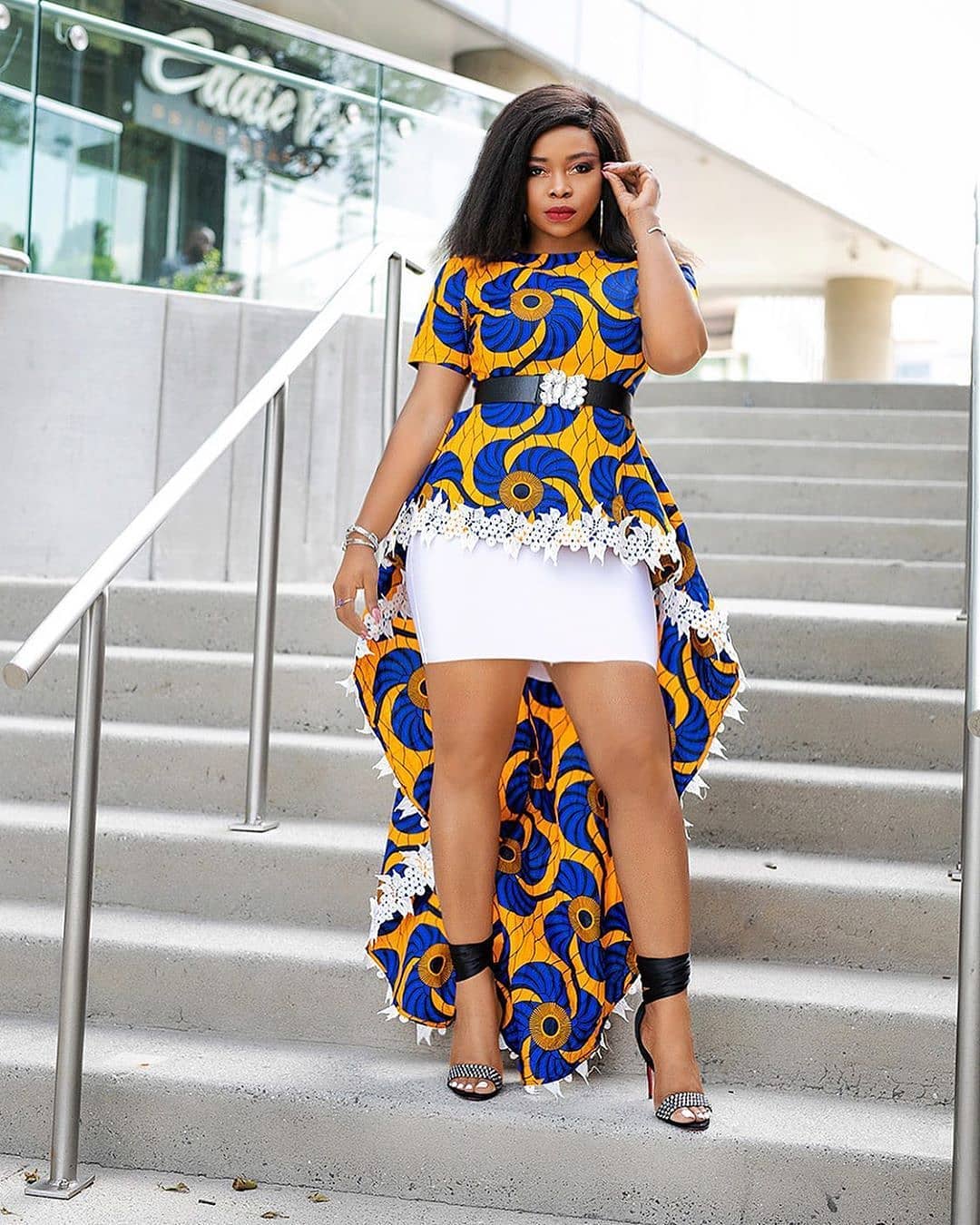African dresses represent more than just fashion; they are a vibrant expression of the continent's diverse cultures, traditions, and histories. From the intricate beadwork of the Maasai to the flowing fabrics of the West African boubou, each garment tells a unique story that transcends generations. These dresses are not only worn during special occasions but also serve as symbols of identity and pride for many African communities.
As we explore the world of African dresses, we will uncover the various styles, fabrics, and cultural significance behind each piece. The beauty of these dresses lies in their rich colors, patterns, and the craftsmanship that goes into making them. They are often adorned with traditional motifs that reflect the wearer's heritage, making them a true representation of African artistry.
In recent years, African dresses have gained global recognition, influencing fashion trends worldwide. Designers are increasingly incorporating African prints and styles into their collections, showcasing the versatility and beauty of these garments. In this article, we will delve into the history, significance, and modern interpretations of African dresses, highlighting their importance in both traditional and contemporary fashion.
What Are the Different Styles of African Dresses?
African dresses are incredibly diverse, reflecting the various cultures and traditions across the continent. Some popular styles include:
- Boubou: A flowing gown typically worn in West Africa, known for its vibrant colors and elaborate embroidery.
- Kanga: A colorful wraparound dress from East Africa, often featuring proverbs or sayings printed on the fabric.
- Dashiki: A loose-fitting shirt or dress, often adorned with intricate designs, popular in many West African countries.
- Shweshwe: A traditional South African fabric that features geometric patterns, often used to make dresses for special occasions.
How Do African Dresses Reflect Cultural Identity?
African dresses play a crucial role in expressing cultural identity. The patterns, colors, and styles often represent the wearer's ethnic background, social status, and personal beliefs. Many African communities have specific attire for various ceremonies, such as weddings, funerals, and festivals, which are deeply rooted in tradition. Through these dresses, individuals can celebrate their heritage and communicate their values to others.
Why Are Fabrics and Patterns Important in African Dresses?
The choice of fabric and pattern in African dresses is significant, as they often carry symbolic meanings. For example:
- Adinkra symbols: These are visual symbols that represent concepts and aphorisms in Ghanaian culture, often found on traditional garments.
- Wax prints: Brightly colored fabrics with intricate designs that are popular across the continent, each pattern telling its own story or conveying a specific message.
Who Are the Pioneers in African Fashion?
African fashion has seen a rise in global recognition, thanks to the pioneering designers who showcase the beauty of African dresses on international platforms. Notable figures include:
- Ozwald Boateng: A British-Ghanaian designer known for his innovative tailoring and use of vibrant African fabrics.
- Chimamanda Ngozi Adichie: The Nigerian author who has become a fashion icon, often seen wearing traditional dresses that celebrate her heritage.
What Are the Modern Trends in African Dresses?
Modern African dresses have evolved, blending traditional elements with contemporary styles. Some current trends include:
- Fusion fashion: Combining traditional African fabrics with modern silhouettes to create unique and stylish outfits.
- Sustainable fashion: Many designers are embracing eco-friendly practices by using locally sourced materials and promoting ethical production methods.
How Can You Incorporate African Dresses into Your Wardrobe?
Incorporating African dresses into your wardrobe is easy and can add a unique flair to your style. Here are some tips:
- Start with accessories: Incorporate African-inspired jewelry or bags to complement your outfits.
- Mix and match: Pair traditional African dresses with modern pieces for a chic, eclectic look.
- Support local artisans: Purchase dresses directly from African designers or markets to support the community and promote sustainable fashion.
Biography of a Renowned African Fashion Designer
One of the most influential figures in African fashion is Modupe-Oreoluwa Alabi, a Nigerian designer known for her innovative approach to traditional African dresses. Below is a brief overview of her life and career.
| Name | Modupe-Oreoluwa Alabi |
|---|---|
| Date of Birth | March 15, 1985 |
| Nationality | Nigerian |
| Education | Fashion Design at the University of Lagos |
| Notable Works | African Heritage Collection, Eco-Friendly Line |
| Awards | Best Emerging Designer, African Fashion Awards 2020 |
What Challenges Do African Fashion Designers Face?
Despite the growing popularity of African dresses, designers often encounter several challenges, including:
- Access to funding: Many designers struggle to secure financial support to launch or scale their businesses.
- Market saturation: The influx of fast fashion can overshadow authentic African designs, making it difficult for local artisans to compete.
How Can We Support African Fashion?
Supporting African fashion can help promote cultural heritage and empower local communities. Here are some ways to get involved:
- Shop local: Purchase from African designers and artisans to help sustain their businesses.
- Spread awareness: Share information about African fashion and its significance on social media platforms.
- Attend events: Participate in fashion shows, exhibitions, and cultural events that showcase African fashion.
In conclusion, African dresses are a beautiful representation of the continent's rich cultural tapestry. From their vibrant colors and intricate patterns to their deep-rooted significance, these dresses play a significant role in the lives of many individuals. As the world continues to embrace African fashion, it is essential to recognize and celebrate the artisans and designers who keep these traditions alive.


